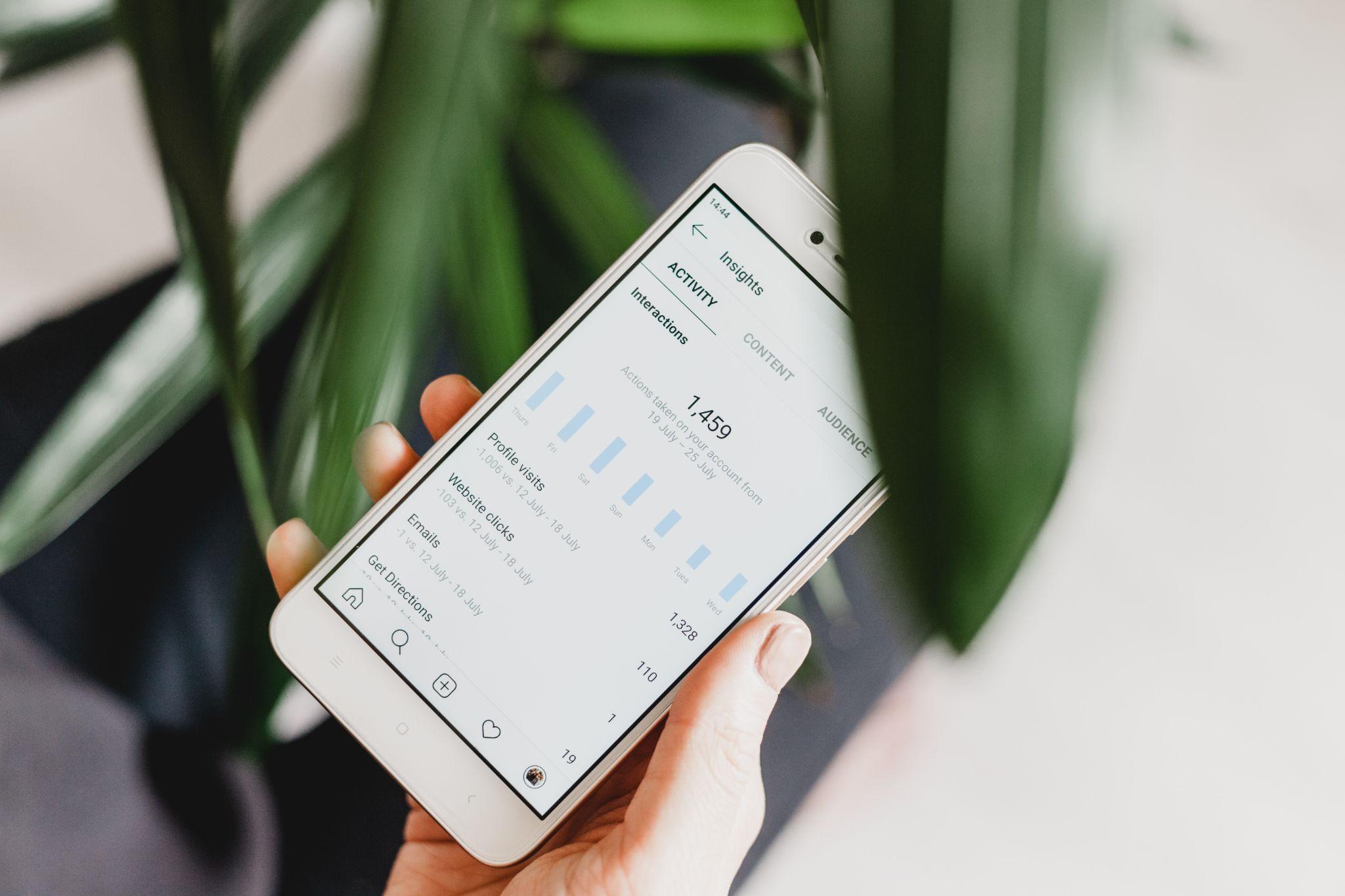Harnessing the Sun: A Comprehensive Guide to Installing Storage Batteries for Garden Solar Power
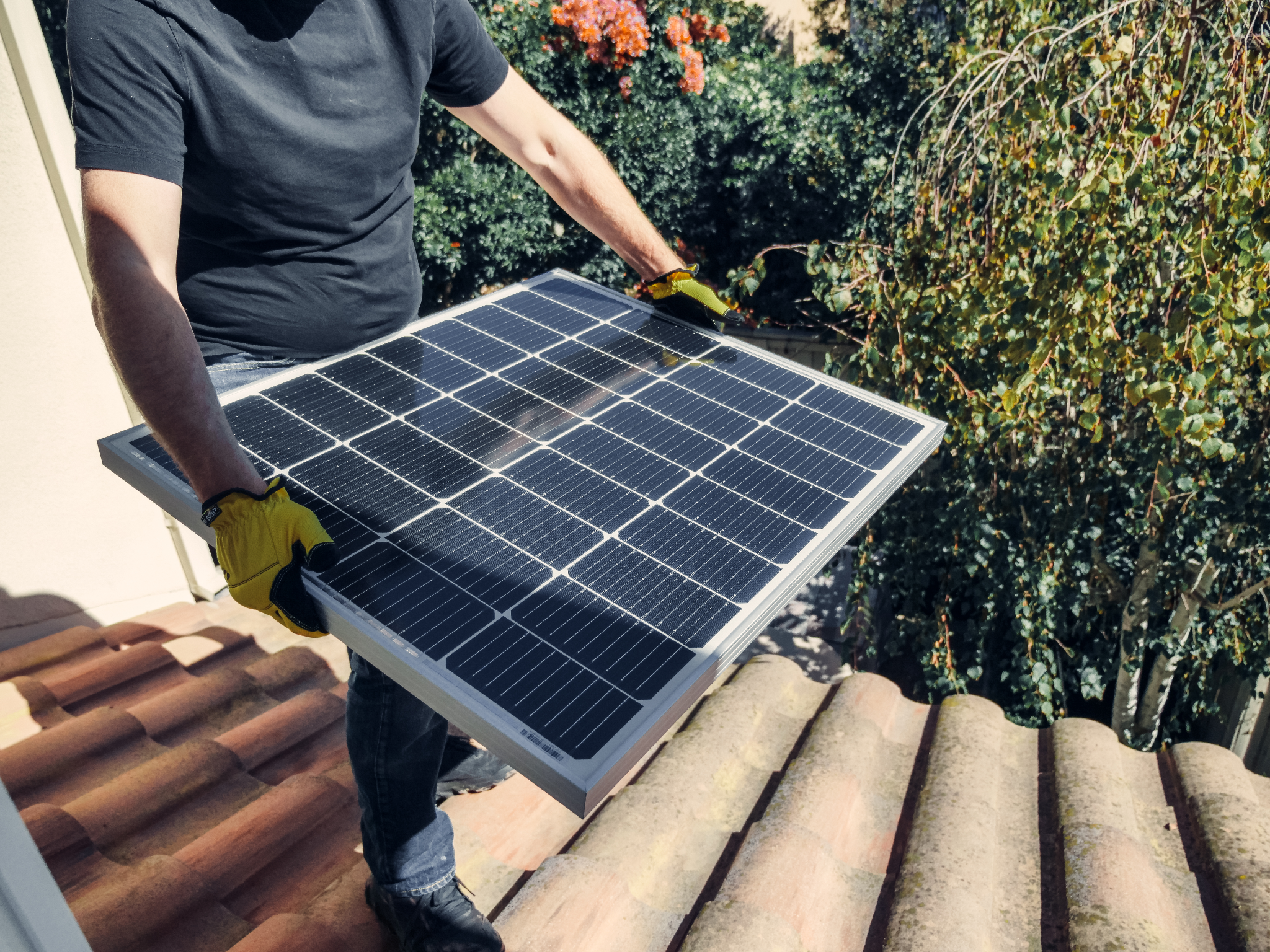
Table of Contents
Imagine, the sun has set, and yet your lush green garden still basks in a soft glow, independent of the power grid. How is this possible? The answer lies in garden solar power, specifically, storage batteries for solar power. These ingenious devices ensure that the sun’s bounty isn’t just an ephemeral daytime treasure but a constant power source. In this comprehensive guide, we dive deep into the specifics of installing storage batteries for garden solar power.
Understanding Storage Batteries for Solar Power
In simple terms, storage batteries for solar power, often referred to as solar batteries, are devices that store excess solar energy generated by photovoltaic (PV) panels during the day. This energy can be utilized after sundown, during power outages, or when solar generation doesn’t meet demand. These batteries, essentially, are a key component of a comprehensive solar power solution, enabling round-the-clock energy supply.
Why Use Storage Batteries in Your Garden?
Integrating storage batteries in your garden solar power setup offers several distinct advantages. Primarily, they facilitate energy independence by storing excess solar power for later use. But there’s more to these units than just energy storage.
Reliability: Solar batteries ensure a constant power supply to your garden, irrespective of weather conditions or power outages. Your garden lights stay on, your irrigation system remains functional – come rain, cloud, or shine.
Cost-effective: Over time, the use of solar batteries can result in significant savings on electricity bills. As they harness renewable energy, they can also contribute to potential energy credits.
Eco-friendly: By using solar power, you’re reducing your reliance on fossil fuels, thereby reducing your carbon footprint. It’s a small but valuable step towards a more sustainable lifestyle.
Before we dive into the installation process, it’s worth noting that different types of solar batteries are available in the market, including lead-acid, lithium-ion, and flow batteries. Your choice will depend on your specific requirements, budget, and local regulations.
Step-by-step Guide to Installing Solar Batteries
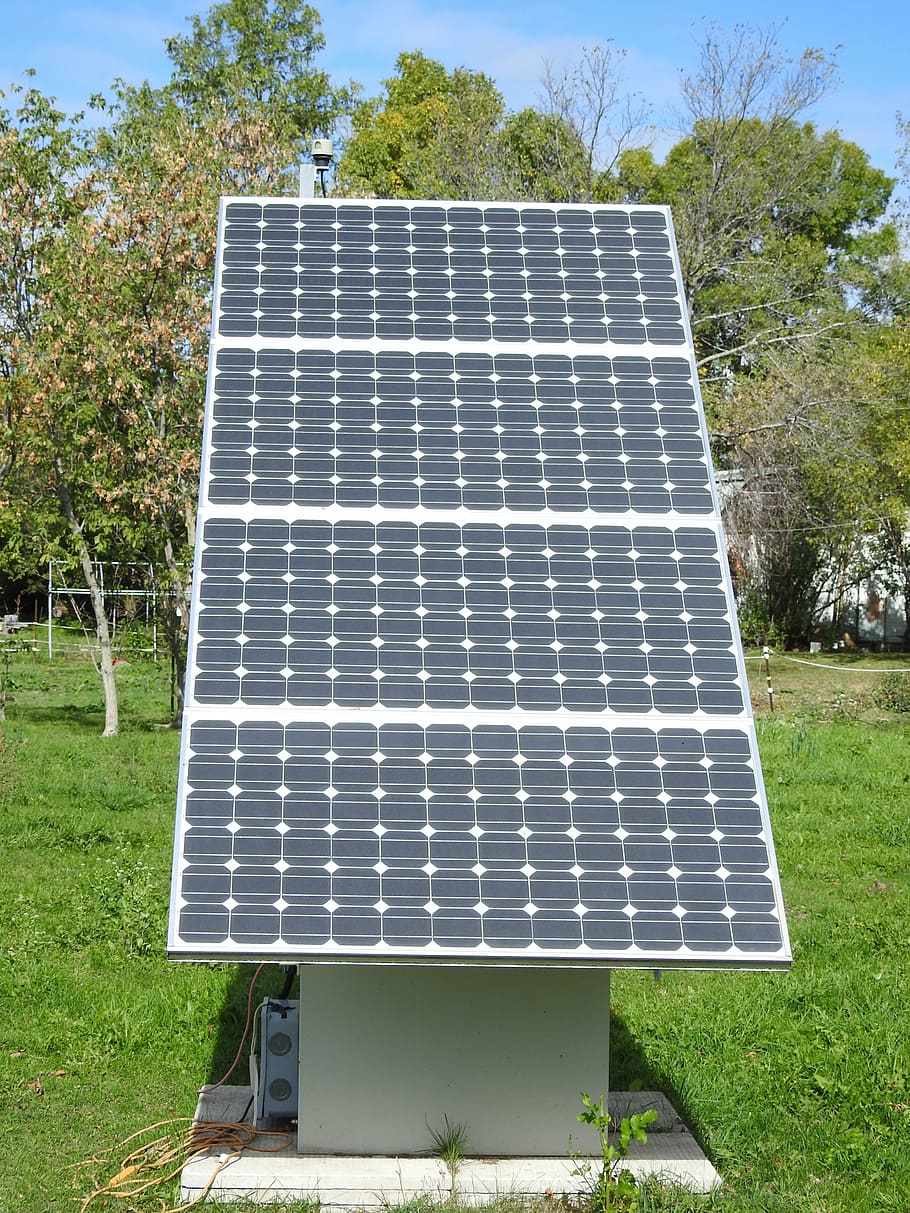
Now that we’ve understood what solar batteries are and the benefits they bring to your garden, let’s delve into the installation process. Although the specifics might vary slightly depending on the type of battery and your solar power setup, the following steps provide a general overview.
Step 1 – Safety First: Always start by reading the manufacturer’s installation guide and safety instructions. Solar batteries, particularly lithium-ion ones, need to be handled with care due to their chemical composition.
Step 2 – Choose the Right Location: The location should be accessible, well-ventilated, and free from direct sunlight or moisture. Also, consider local regulations regarding battery installation.
Step 3 – Mount or Place the Battery: Depending on the design, solar batteries might need to be mounted on a wall or placed on a flat surface. Ensure it is securely positioned before moving on to the next step.
Step 4 – Connect the Battery: Now, connect the battery to your solar power system. The connection could be DC-coupled or AC-coupled, depending on your existing setup.
Step 5 – Set Up the Battery Management System (BMS): The BMS is a crucial component that manages the battery’s operation, ensuring optimal performance and longevity.
Remember, if you’re not confident about handling the installation yourself, it’s always best to hire a professional installer.
Solar Battery Maintenance and Care
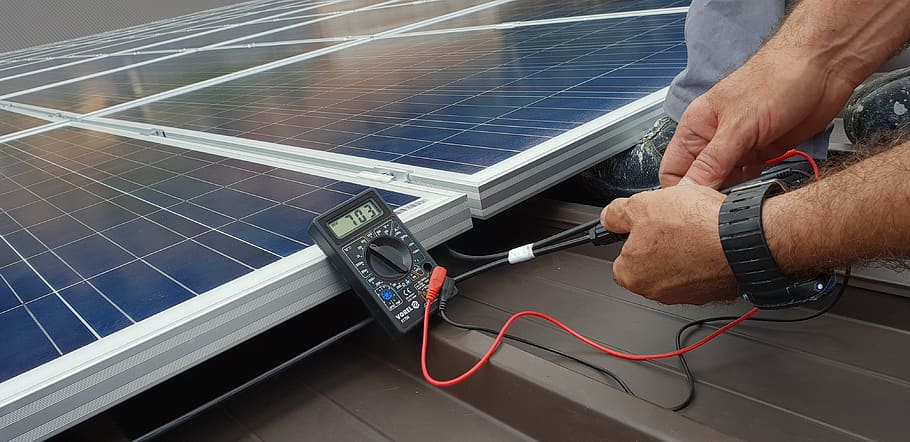
After successful installation, proper maintenance and care of your solar batteries can extend their lifespan and ensure optimal performance. Here’s what you need to know:
Regular Inspection: Check the physical condition of your batteries from time to time. Look for any signs of damage or leakage.
Temperature Control: Solar batteries perform best within certain temperature ranges, usually between 5°C and 25°C (41°F and 77°F). Always make sure your storage area adheres to these temperatures.
Monitor Battery Performance: Use your battery management system (BMS) or a similar device to keep an eye on battery health, including charge levels, discharge rates, and overall performance.
Cleanliness: Keep the battery and its surrounding area clean from dust and debris.
Professional Servicing: Consider professional servicing periodically, especially if you notice any decline in performance or other issues. A professional can help identify potential problems early and take corrective measures.
The Future of Solar Power Storage
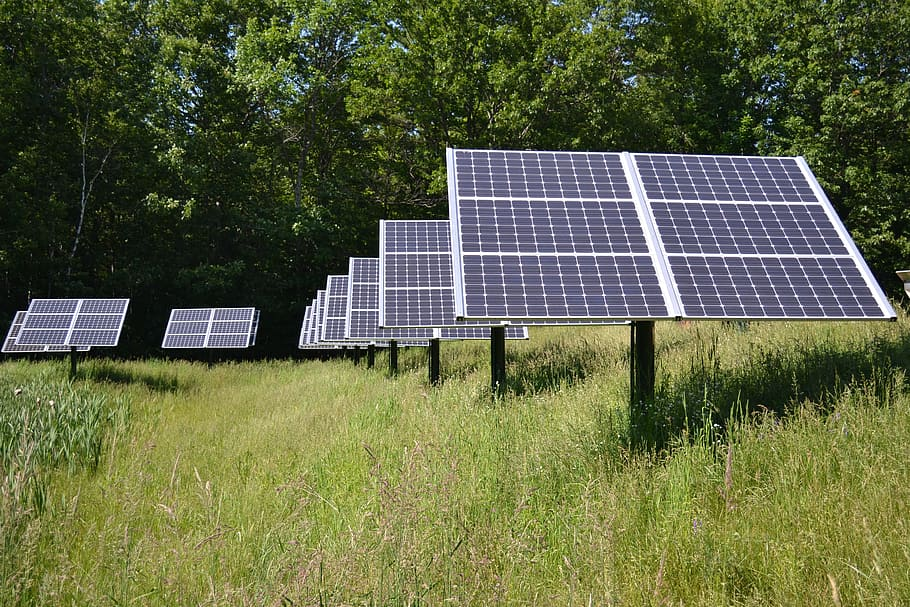
Solar power storage, especially in the form of batteries, is an area of rapid technological advancement. Recent years have seen significant developments, including but not limited to, increased energy density, faster charging times, and improved lifespan of solar batteries. Some future trends shaping this industry include:
Emergence of New Materials: Research is underway to discover new, more efficient, and safer materials for solar batteries. For instance, solid-state batteries, which use solid electrolytes instead of liquid ones, promise greater energy density and safety.
Integration with Smart Homes: In the near future, solar power storage could be seamlessly integrated with smart homes, providing real-time control over energy generation, storage, and consumption.
Community Energy Storage: Instead of individual homes having separate solar power setups, we might see community-level energy generation and storage solutions. This concept, known as community energy storage (CES), allows energy to be shared across a community, enhancing the overall efficiency of the system.
Conclusion
Implementing solar power in your garden is a step towards a greener future, and the integration of storage batteries ensures a constant, reliable power source. With proper installation and care, solar batteries can serve as a long-term, cost-effective solution for your energy needs. As technology continues to evolve, we can look forward to even more efficient and sustainable ways to store and use the sun’s energy. As the saying goes, the future indeed looks bright.




